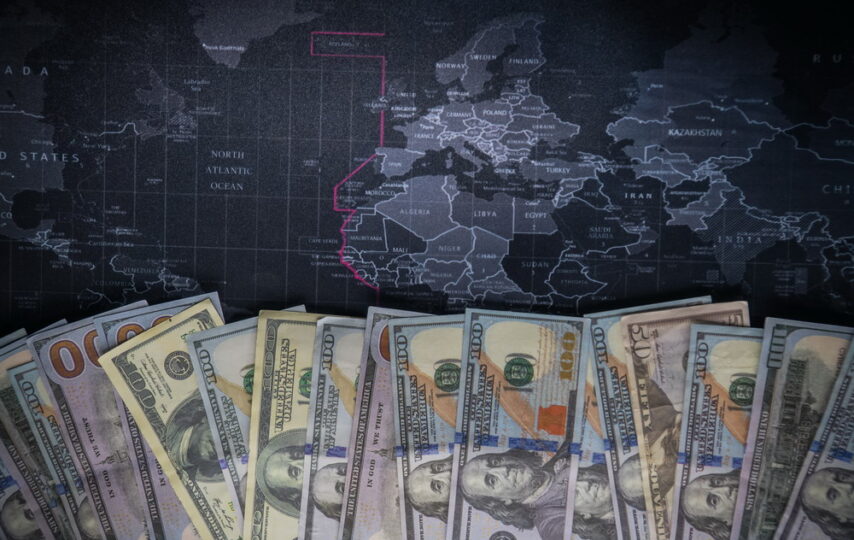The rise of global terrorist organizations in the late 1990s and early 2000s led to the development stringent anti-money laundering (AML) rules. Today, those rules influence international trade by way of compliance with AML best practices. To the average consumer, international trade may seem to have little to do with money laundering.
Truth be told, international trade offers a virtual highway to bad actors looking to launder ill-gotten gains. International trade is attractive due to its sheer size. When you have trillions of dollars’ worth of goods flowing back and forth around the globe, there are plenty of opportunities to hijack transactions for money-laundering purposes.
Trade financing makes it all possible. International banks looking to make money on transaction fees are more than happy to finance deals. Meanwhile, bad actors have no problem running their money through banks. It all works out nicely for everyone involved.
Open Account Trading
The way international transactions are handled contributes to the money-laundering problem. For example, consider open account trading. Ohio-based Vigilant Global Trade Services explains open account trading are transactions in which payment for goods is not made at the time of shipping or delivery. Rather, shipping and delivery precede payment.
Though open account trading works well to keep supply chains moving, it has an inherent flaw: documentation is limited. Without documentation proving that goods were actually shipped and received, attempting to link them to bank payments is futile. There is no way to verify whether or not the transaction took place or who actually received the goods.
Bad actors can latch on to this sort of thing by making payments to shadow companies that do not actually deliver any goods of value. Their efforts are made easier by some jurisdictions that prohibit sharing transaction data across borders. Thus, money-laundering can be quite lucrative for both bad actors and those banks willing to process their payments.
AML Best Practices
Vigilant says that a company’s best defense against such transactions is to employ AML best practices. These are practices that go to the greatest extent of the law to ensure legitimate payments go to legitimate sellers. Examples include the following:
- Making payments only to single accounts
- Vetting trade partners to ensure their legitimacy
- Tightly controlling money transfers across borders
- Avoiding cash instruments.
AML is often confused with ‘know your customer’ (KYC). The two are similar in principle, but AML’s scope is much more broad. KYC is more about vetting individual consumers to verify their identities. AML strategies are intended to directly combat financial crimes.
Money-laundering through international trade constitutes a financial crime. As such, AML best practices are an integral part of comprehensive global trade management.
Working with Banks
AML best practices are most effective when companies work side-by-side with banks to seek out and stop criminal activity. Catching criminals is not easy by any stretch. Still, AML rules are the best available method at this time.
The biggest challenges faced by global companies, trade management partners and banks are discovering just how deep the roots of corruption can go. Money-laundering involves a lot more than simple bank transactions. Bad actors go to great lengths to filter their money through as many channels as possible. The more hands in the pie, the harder it is for investigative authorities and prosecutors to trace money back to its source.
If this all sounds complicated to you, it should help you understand why AML best practices are so important to modern business. Money-laundering is a complex crime. Any strategies capable of combating it will be equally complex.



